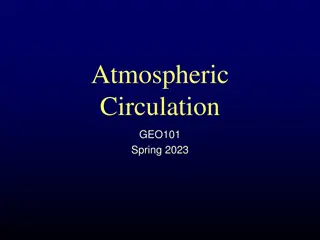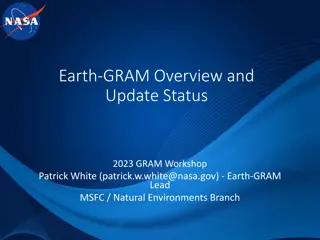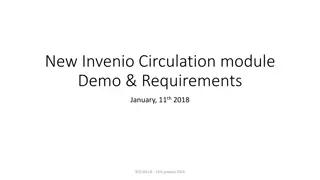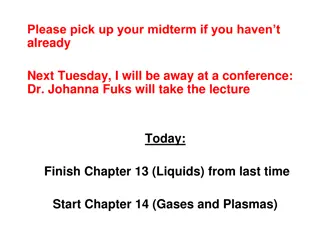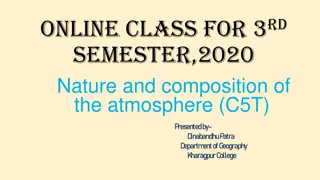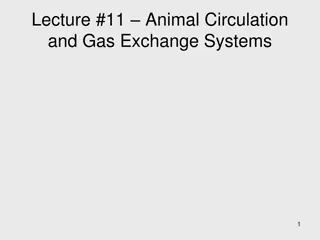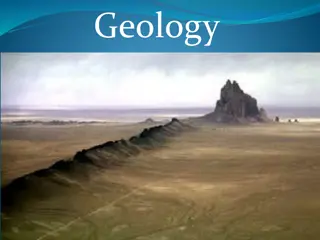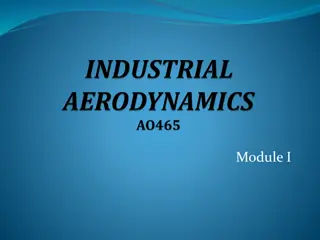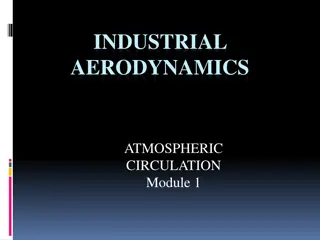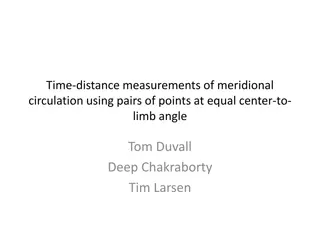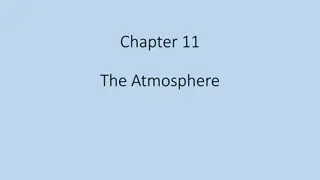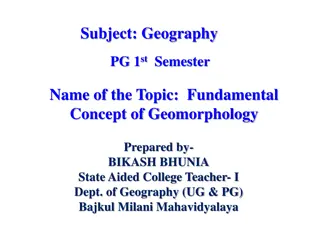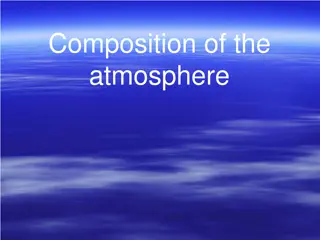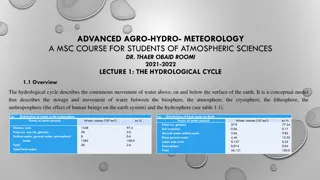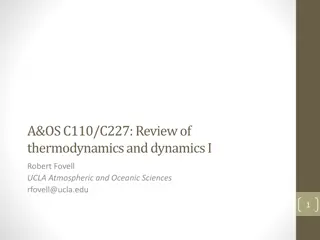Understanding the General Circulation of Earth's Atmosphere
The general circulation of the Earth's atmosphere plays a crucial role in mitigating global temperature contrasts by redistributing warm and cold air. This system includes the Polar Cell at high latitudes, the Hadley Cell in the tropics, trade winds, oceanic heat distribution through Eckman Transport, and the Intertropical Convergence Zone (ITCZ). These atmospheric phenomena work together to regulate temperature distribution across the globe and influence weather patterns.
Download Presentation

Please find below an Image/Link to download the presentation.
The content on the website is provided AS IS for your information and personal use only. It may not be sold, licensed, or shared on other websites without obtaining consent from the author. Download presentation by click this link. If you encounter any issues during the download, it is possible that the publisher has removed the file from their server.
E N D
Presentation Transcript
The General Circulation The large-scale wind patterns of the earth Mission: to mitigate global temperature contrasts (decrease temperature gradients, redistribute warm and cold air across the globe) Caused by the unequal heating of the earth s surface
The General Circulation (High Latitudes) Polar Cell = sinking/descending air at highest latitudes Purpose is to bring warm air poleward (aloft) and cool air equatorward (below) Atmospheric Dump Mid-Latitude pollution carried there Very stable troposphere, on average, so there is little mixing and a build-up of pollutants Nearly permanent high pressure, sinking air, lead to very little precipitation (which would help clean the air)
The General Circulation (Tropics) The Hadley Cell: large convection cell where air rises near the equator and sinks near 30 degrees north and south latitude Purpose is to bring warm air poleward (aloft) and cool air equatorward (below) Trade winds Eckman transport (ocean) ITCZ Subtropical jet stream Subtropical highs
G.C.: Hadley Cell: Trade Winds Fairly constant tropical winds that transport air equatorward Blow from the NE in the northern hemisphere Blow from the SE in the southern hemisphere
G.C.: Hadley Cell: Eckman Transport Vast stores of oceanic heat are distributed through this process Upwelling: bring cold water up, heat it and send it poleward
G.C.: Hadley Cell: ITCZ Where NE and SE trade winds meet Convergence into belt of weak low pressure Ascending branch of the Hadley Cell NOT a straight line at the equator Unequal heating of land and water Follows the sun Monsoon: seasonal reversal of wind direction India, SW United States (wimpy one) NOT a synonym for rain storm!!!
ITCZ in January ITCZ in July
G.C.: Hadley Cell: Subtropical Jet Stream Farthest poleward (upper troposphere) part of Hadley Cell Eastward momentum is transferred from tropics Coriolis effect turns winds, resulting in a fast- moving ribbon of air generally moving west- to-east near 30 degrees latitude
G.C.: Hadley Cell: Subtropical Highs Descending branch of Hadley Cell caused by upper tropospheric convergence Very persistent Convergence causes semi-permanent regions of surface high pressure World s deserts are found underneath and east Horse Latitudes
El Nino An irregular warming of the topmost layers of the eastern Pacific ocean Generally occurs once every 3-7 years Trade winds weaken Upwelling of cold, nutrient-rich water off Peru ceases Warm water sloshes eastward from western Pacific Upwelling near equator weakens, water warms Not fully understood Teleconnections NOT a weather event La Nina
Key Figures 10.2, 10.8, 10.11, 10.12, 10.22, 10.28, 10.34, 10.35, 10.39, 10.41



